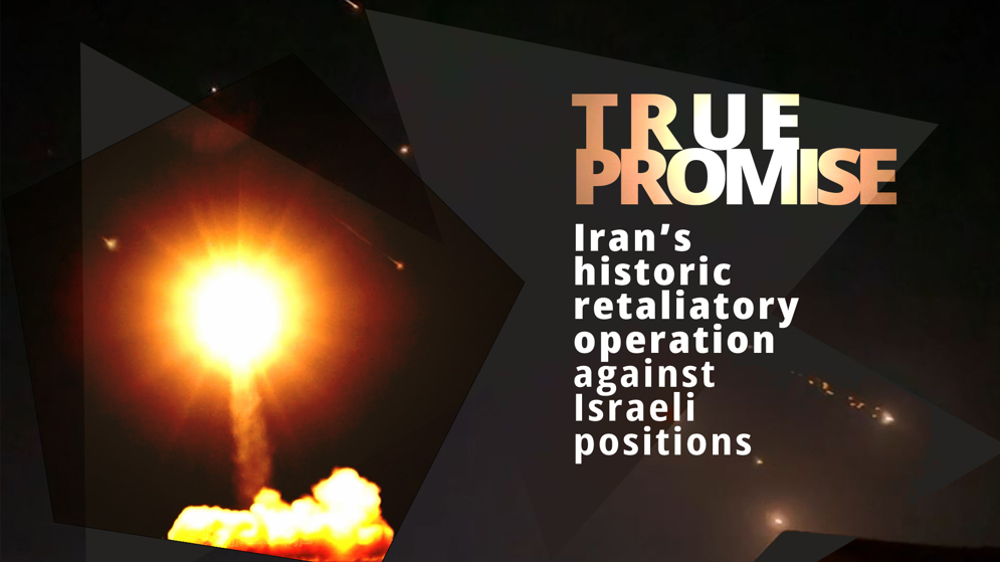jauk
VIP Member
- Jul 7, 2016
- 3,544
- 3,385
- Country of Origin

- Country of Residence

That is manifestly incorrect. Although 'strategic assets' in fact do have extrinsic value beyond the rials and tomans, at a tactical level most battles occur within the fiscal domain. Also, note, rials and tomans notwithstanding, the capacity to produce and replace (i.e. counter the depletion/replenish) is the dominant factor--not funding. Complex systems always lose against almost as effective cheaper systems in this context. Although funding is important, physical replacement is what dominates.That's not how cost works. As long as the cost of the interceptor missile is less than the cost of the damages the incoming target would have caused (which it almost always is, Patriots or Arrow only protect important things), then you have a positive cost/benefit situation. Also, even if it's negative, war is not economics. Dollar values don't represent strategic importance. And even beyond that, the US military and Zionists is so well funded that it can afford to make many actual negative cost exchanges with no consequence.
One need to run a simple heuristic against these parameters and see that the funding and replacement parameters are well inside (or outside depending on how you look at it) the n-dimensional parameter effectiveness/success space.
The Soviets had the right idea with this strategy. However, they failed as they gradually forgot their strategy and tried to match the 'West' blow by blow.
Iran isn't doing that. Russia isn't either.
Last edited:











